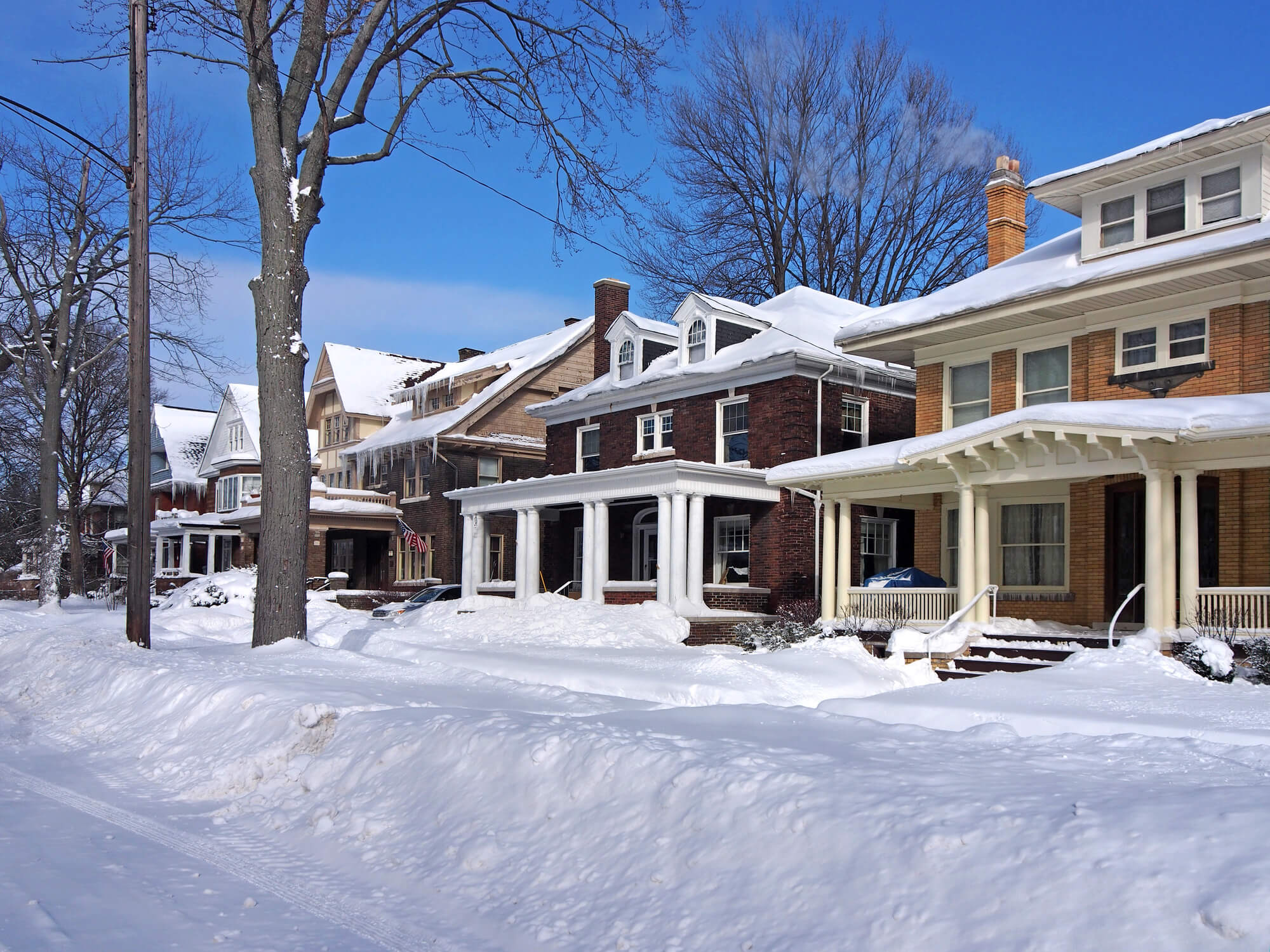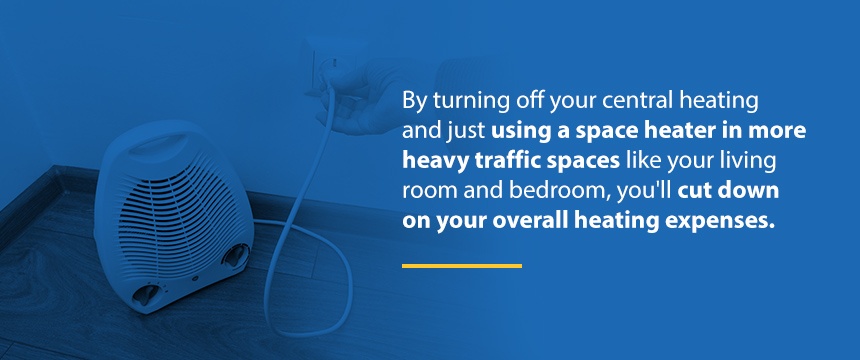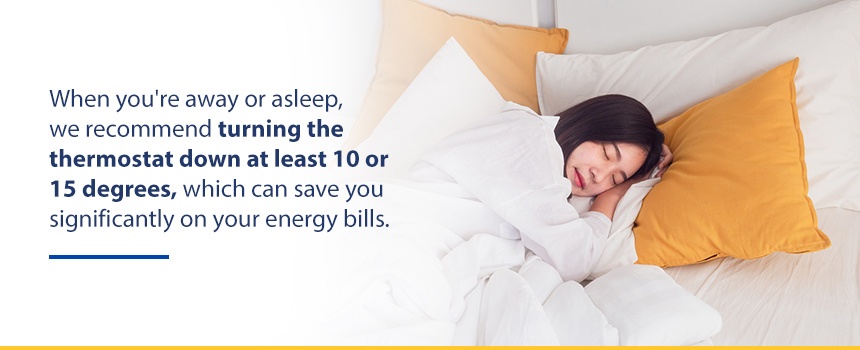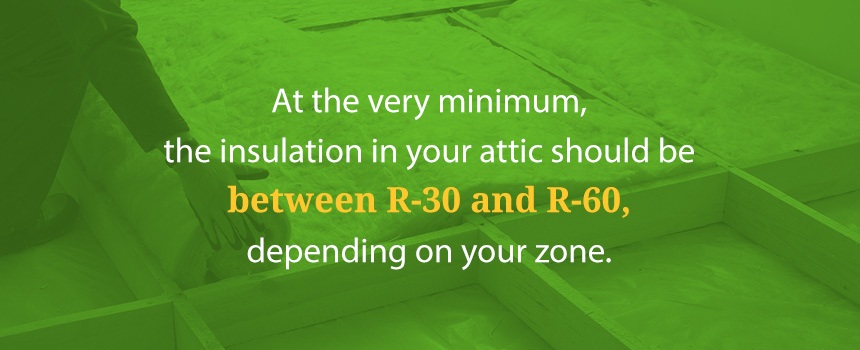

Eco-friendliness is something all homeowners strive for, but when colder weather sets in, many find themselves using more energy than they’d like to. Here is a look at the top energy savings tips for winter you can implement without sacrificing your comfort.
When outdoor temperatures start plummeting, save on heating bills by adopting the following practices.
One of the best energy saving tips for winter is to use the heater that is available to all of us for free: the sun. Why not take advantage of this natural heat source by opening the curtains on your south-facing windows? Not only will you save on heating bills — but you’ll also get to enjoy an inviting wintery backdrop.

Remember that you don’t need to heat all the rooms in your house — just the ones you use. By turning off your central heating and just using a space heater in more heavy traffic spaces like your living room and bedroom, you’ll cut down on your overall heating expenses.
By wearing your winter wardrobe indoors, you can stay comfortable without having to heat your house up to room temperature. In fact, you can save money on your heating bills if you lower your thermostat for eight hours a day. So slip on a scarf, warm socks and pajamas so your clothes can do the warming for you.
Although it may have never occurred to you, your oven hoods and bathroom fans are common sources of energy loss during the cold months. Try to use exhaust fans as sparingly as possible, and shut them off if you’re not using them so the warmth in your home isn’t being sucked out.
Sometimes the chill of winter can slip in under your doors, around your windows and through your electrical outlets. Not only do these drafts make it more difficult to properly warm up your house, but they can also cause your heating bills to increase. To keep the cold away, make sure there’s proper weatherstripping installed under your doors and high-quality insulation in your walls. You can also eliminate drafts around your windows by taping plastic transparent film to your window frames or covering the frames with a clear, heavy-duty plastic sheet. Ensure that your plastic is tightly sealed to the frame to minimize infiltration.
If you still feel a draft coming from your windows after you’ve weatherized them, try installing insulating shades or drapes on them.
By closing all doors in your house, heat will become trapped in each of your rooms, meaning that less energy will be used when warming up your home. To trap even more heat, you could lay down a mat that blocks the hot air from getting out under your door.

When you’re at home and not sleeping, set the thermostat to the lowest comfortable temperature. When you’re away or asleep, we recommend turning the thermostat down at least 10 or 15 degrees, which can save you significantly on your energy bills. Purchasing a programmable or smart thermostat will make it much easier to do this.
If you haven’t switched over to LEDs yet, wintertime is an ideal time to do so. LED lights use at least 75 percent less energy than traditional incandescent bulbs, providing you with potentially enormous savings on energy bills in the winter — especially if your holiday lights are also LED.
Unless there is a fire burning, keep your damper closed. Keeping the damper open is just like keeping windows open during cold weather — it lets heat travel up through the chimney and escape.
When using your fireplace, you can minimize the loss of heat by opening up dampers in the firebox’s bottom (if they’re provided) or by slightly opening up the closest window — roughly an inch — and closing the doors to the room. You should also lower your thermostat to between 50 and 55 degrees Fahrenheit.
If you have a fireplace but never use it, then just plug the flue and seal it up. If you do use it, then we recommend installing some doors made of tempered glass as well as a heat-air exchange system capable of blowing warm air back into your room.
Lower your water heater’s temperature to 120 degrees Fahrenheit. This can help you save on energy costs — as well as prevent you from scalding yourself.
Take an Infrared thermometer and point it at walls, ceilings and windows. When your detector locates a warm or cold spot, it will let you know. Its infrared sensors allow it to find areas that are colder or warmer than surrounding areas, meaning that there is poor insulation or an air leak. While this device alone won’t necessarily pinpoint the source of the problem or tell you how to solve it, it is highly recommended for those with drafty houses. It can be bought online and at a number of home centers.
In most houses, insulating the attic can reduce your home’s heat loss. At the very minimum, the insulation in your attic should be between R-30 and R-60, depending on your zone. To figure out the level recommended for where you live, look online or call up the building department in your area.

Go up into your attic and determine the amount of insulation you have. If it’s below or at the minimum required, adding more can reduce your energy costs. If you have to put in more, opt for insulation that is loose-fill rather than fiberglass batts — even if your attic already has the latter. In most cases, loose-fill fiberglass is made of fiberglass or cellulose and allows you to cover your joists and get into areas that are otherwise hard to access. While you can do this job yourself if you rent a blower, be warned — the job is messy, and you run the risk of misstepping and going through the attic’s drywall floor.
To get an idea of what the rates will be for your area, you can enter your zip code on our site. You can also contact us directly filling out our online form or calling us at (855) 909-9308.